For years, there’s been a quiet but powerful shift taking root in physical education (PE)—a move away from seeing our work as simply about fitness, physical literacy, or health outcomes, and toward something much deeper. In the case for this podcast and blog we highlight human flourishing. This shift challenges us to consider PE not just as movement instruction, but as moral and educational practice that helps young people live well and act well.
In our recent Playing with Research in Health and Physical Education podcast, I spoke with Dr. Jamie Brunsdon (University of Memphis), Dr. Obi Atkinson, and Dr. Seunghyun Baek (SUNY Cortland) about Brunsdon’s new papers—Toward the Virtuous Mover and Human Flourishing as the Aim of Physical Education?—which invite PE teachers to reimagine what it means to “educate through movement.”
From Virtuous Movers to Flourishing People
Brunsdon’s earlier paper, Toward the Virtuous Mover (2024), lays the philosophical foundation. Drawing on Aristotelian virtue ethics, he argues that movement should be understood as a context for developing moral character—where students learn empathy, courage, fairness, and self-understanding, not just teamwork or effort. In this model, PE becomes a moral laboratory for developing practical wisdom (phronesis) and moral excellence (aretē).
His companion paper in Quest (2024), Human Flourishing as the Aim of Physical Education?, extends this vision. Flourishing—eudaimonia—is not about being happy all the time, nor about maximizing fitness metrics. It’s about helping students lead good, meaningful, and connected lives. That means PE should nurture five domains of flourishing:
Physical and mental health
Happiness and life satisfaction
Meaning and purpose
Character and virtue
Close social relationships
This holistic vision reframes PE as a space where movement is not the end goal but the means through which flourishing can grow.
Insights from the Podcast
During the podcast, the guests reflected on how this framework can transform teaching practice. Dr. Atkinson noted that PE often overemphasizes “performance virtues”—like grit or competitiveness—while underplaying moral or civic virtues. The conversation reminded us that students need opportunities to reflect on what their movement means, not just how well they perform it.
Dr. Baek pointed out that creating reflective and emotionally safe environments is key. Teachers can design “flourishing-oriented” lessons that encourage choice, empathy, and perspective-taking. For example, rather than ending a lesson with “Did you win?”, we might ask, “How did that experience make you feel about yourself or your teammates?”
Brunsdon himself shared that the virtuous mover is not a perfect athlete—it’s a young person learning to navigate the complexities of moral life through movement. Flourishing, then, is less a destination and more a journey that PE can help launch.
Practical Takeaways for Teachers
Here are a few ways practitioners can start infusing flourishing into their own teaching:
Reframe your lesson objectives.
Move beyond “students will perform X skill” to “students will explore how cooperation or honesty shapes their experience in this activity.” This small language shift invites moral and social growth.Integrate reflective dialogue.
After a game or skill challenge, ask students to reflect in journals or small groups:What choice did you make that helped the group succeed?
When was it hard to be fair or empathetic?
How does this connect to how we live outside PE?
Balance virtues.
Encourage performance virtues (effort, perseverance) but also moral and civic ones (kindness, respect, justice). These can be highlighted explicitly in rubrics, wall posters, or debriefs.Foster autonomy and belonging.
Give students choices—how to structure a game, how to modify rules, or which roles to take. Shared ownership nurtures meaning, relatedness, and a sense of purpose.Model virtue yourself.
As the teacher, embody fairness, care, and humility in your interactions. Students learn flourishing not just from instruction but from seeing it lived out.
The Bigger Picture
This human-centered philosophy doesn’t abandon physical literacy—it deepens it. Flourishing-oriented PE recognizes that movement is a powerful site for developing who students are becoming, not just what they can do. It invites us to view each lesson as a moral and relational encounter—one that can shape how young people see themselves and others.
If PE can become a place where students learn to move and to live well with others, then the gym, field, and playground might be some of the most important classrooms we have.
Here are the papers:
Brunsdon, J. J. (2024). Human flourishing as the aim of physical education? Quest. Advance online publication. https://doi.org/10.1080/00336297.2024.2402710
Brunsdon, J. J. (2024). Toward the virtuous mover: A neo-Aristotelian interpretation of physical education. Physical Education and Sport Pedagogy, 29(6), 588–600. https://doi.org/10.1080/17408989.2022.2135693
This blog post was written with the assistance of AI to support clarity and accessibility. It is intended to help disseminate and discuss research findings with a broader audience. However, for the most accurate and reliable information—including conclusions and practical applications—please refer to the original peer-reviewed publication on which this blog is based. The peer-reviewed article remains the most authoritative source.

